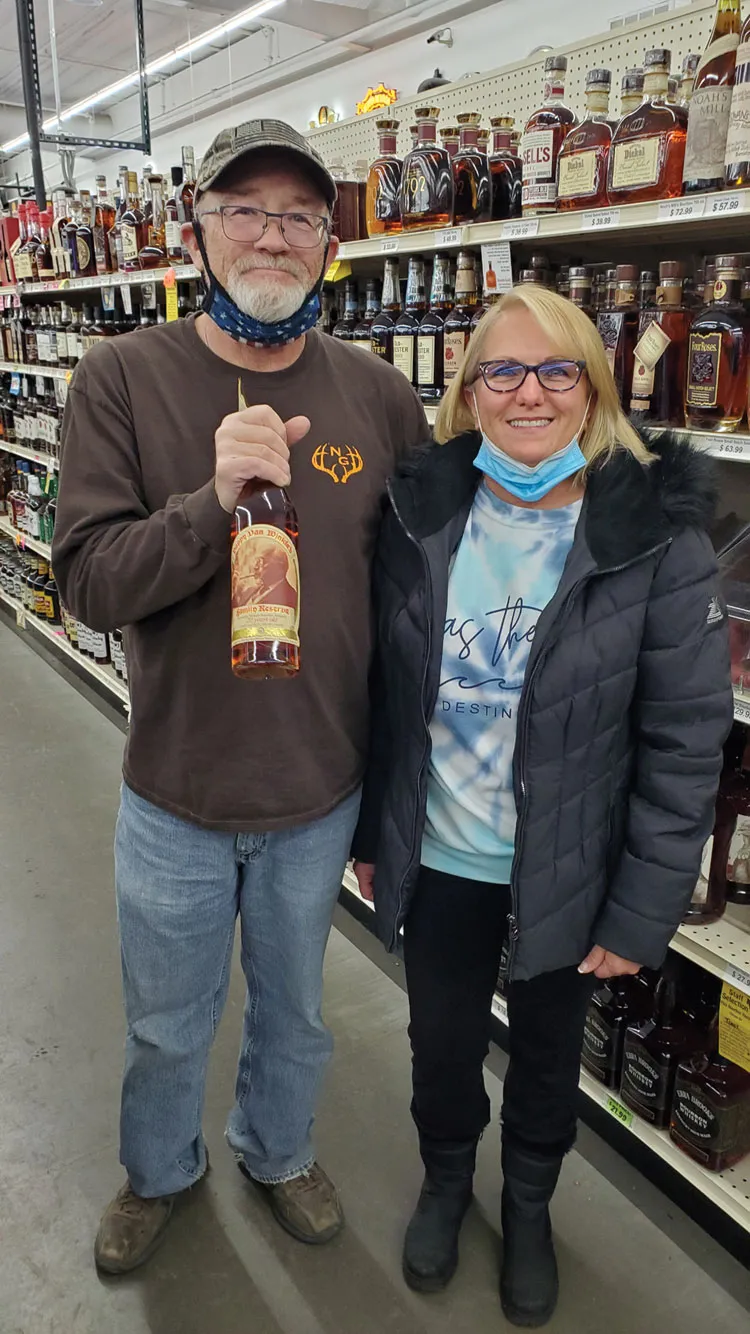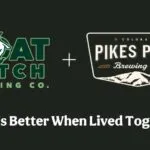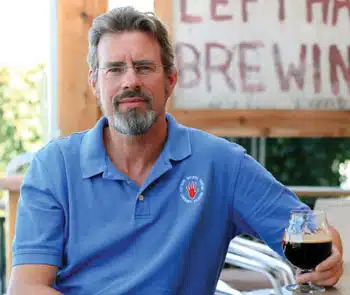What makes finer spirits? Experts take the fifth

Would you pay $3,000 for a bottle of booze?
Randy and Dawne Tourville did.
Granted, it was for a good cause. The couple participated in an auction of fine and rare bourbons on Dec. 12 at Liquor Max in Loveland, and the proceeds benefited Loveland Habitat for Humanity.
But still, was that 20-year-old Pappy Van Winkle’s Family Reserve Kentucky Straight Bourbon Whiskey really worth three grand?
“I’ve seen it go for twice of what the auction price went for,” said Liquor Max co-owner Hal Rogers. “Most of the price is driven by…
THIS ARTICLE IS FOR SUBSCRIBERS ONLY
Continue reading for less than $3 per week!
Get a month of award-winning local business news, trends and insights
Access award-winning content today!





